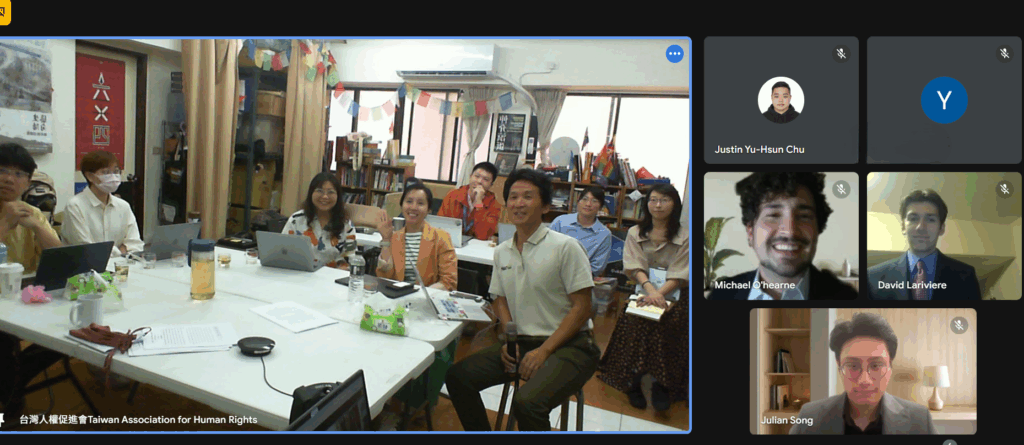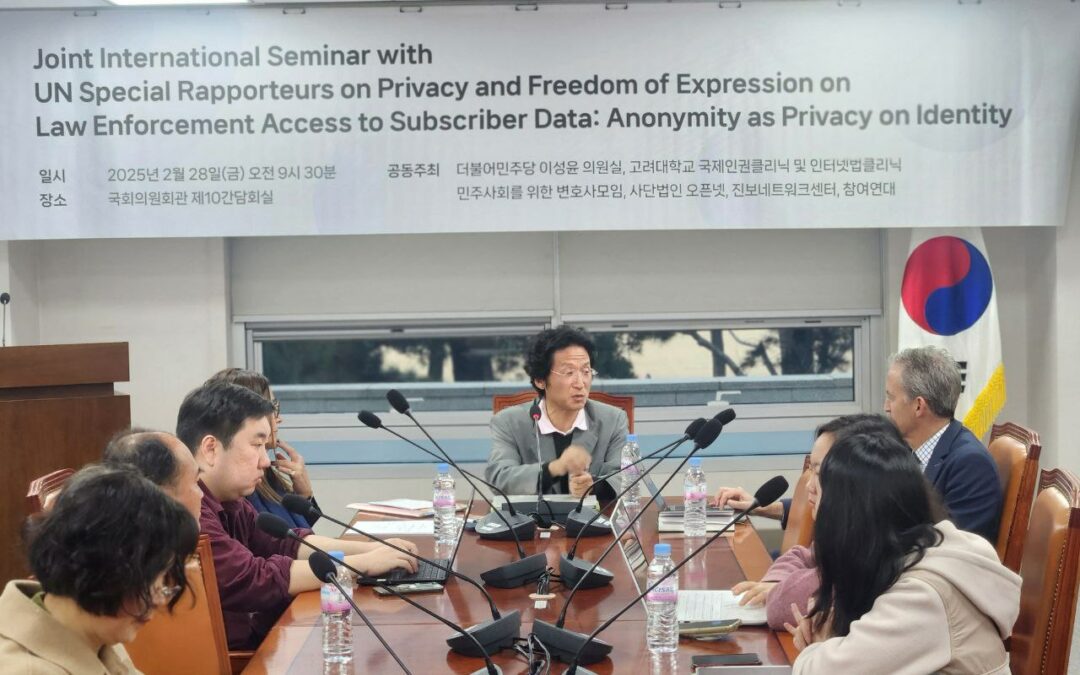We have engaged in face recognition in our daily lives. When we meet, we recognize one another by their faces – that is the reason why (and the consequences from the fact that) we leave our faces uncovered when we go out every morning. Actually, face recognition has been practiced since human pre-historic times. By then, we have already evolved to look at one another’s faces for signs relevant to our possible next moves.
The only difference between facial recognition of the past and that of the future is scalability: the number of people one can recognize. I probably cannot recognize more than 10,000 faces due to limited memory but machines can expand and aggregate their memories to recognize 1 billion faces. If these machines are deployed, our space for anonymous living will be significantly restricted. Where do you draw the line? Do we limit the number of faces that can be recognized by one machine?
The unique challenge of facial recognition is that (1) faces have strong identifying power like national identification numbers, and (2) yet we wear them out exposed to visual inspection by all. Only the fools will be walking around with our Social Security numbers written on our faces. With the new facial technology deployed, the previously anonymous faces will now make us those fools. Defining the challenge that way gives us insights to design regulatory responses properly.
Firstly, probably, there has to be regulation on USE of the faces database (to be exact, the certified combinations of faces and identities) in the same way that all the countries using national identification numbers have laws restricting functions for which they can be used (preventing “function creep”). Secondly, there has to be a talk about how to and how much to regulate COLLECTION of facial data. This is different from collection of cell site data because we don’t wear our phone numbers out on our bodies. The Supreme Court’s Carpenter decision did erode the third party doctrine a bit but the cell site information is something confidential between users and telcos. Facial images are something we expose to the public almost all the time. There is no confidentiality whatsoever. It is more like automobile license plate numbers. We don’t require the police to apply for warrants (and we don’t think that ordinary citizens violate anyone’s privacy) for obtaining license plate numbers. But then again you don’t unlock your smartphones with license plate numbers. Does it change our attitude toward facial images? Or shall we still leave alone collection and just stick to the use regulation of the facial images database? Some people separate one-to-one verification from one-to-many identification but the real dividing line is consent. One-to-one verification always involves consent from the person (e.g., employees of the company) for taking facial images. One-to-many use of facial recognition does not have clean-cut consent: Yes, cameras at subway stops are accompanied by signs prominently announcing their position and purpose but do people really have choices to be photographed?
Session description: Every day we hear about new developments in face recognition in China, the US, and other countries – face recognition accuracy has improved exponentially; cameras are being deployed in more and more places; and face recognition is used for more and more services. However, by focusing solely on face recognition, activists, NGOs and lawyers are missing the forest for the trees. Face recognition is now just one of the many technologies incorporated into vast surveillance systems and used to track people. Other technologies in these systems – like object recognition, license plate and text recognition, voice recognition, and gait recognition – combined with cheap cloud storage and machine learning are allowing for tracking on a never-before-seen scale. This session will provide a space to discuss these topics. It will bring in experts to explain how technologies are working and how they are being deployed around the world. It will also encourage interactivity by asking all participants to share stories and contribute ideas for change.
[Related Open Net Actions]


0 Comments